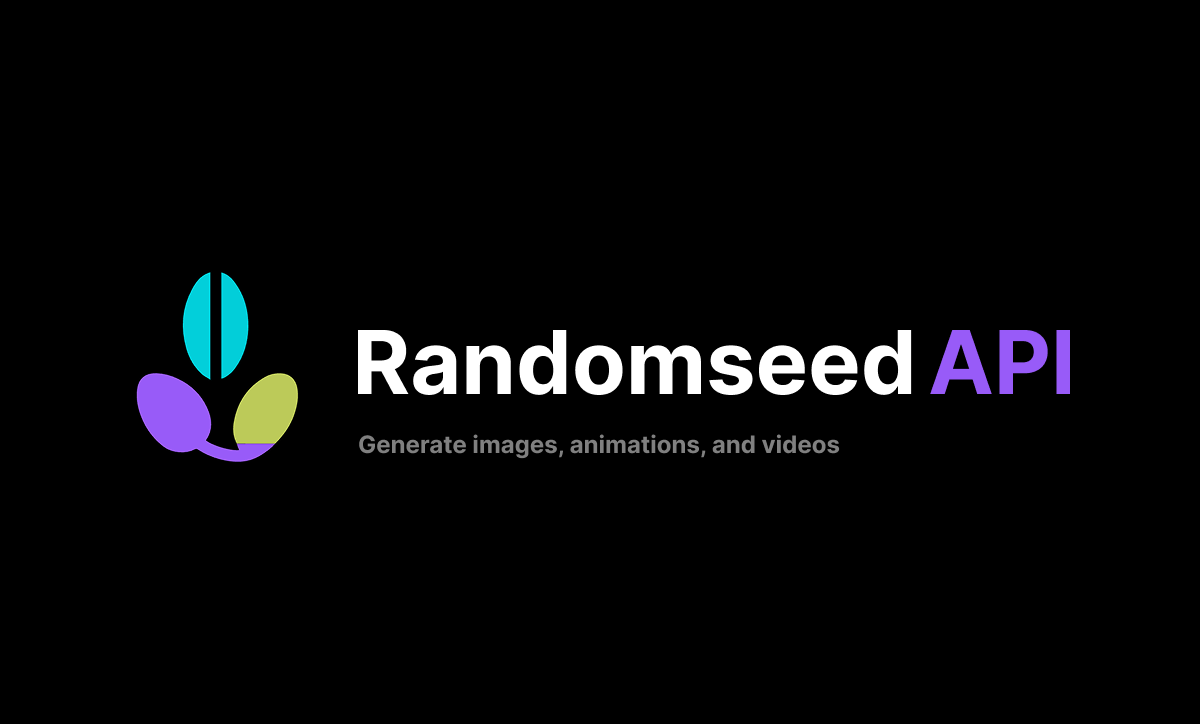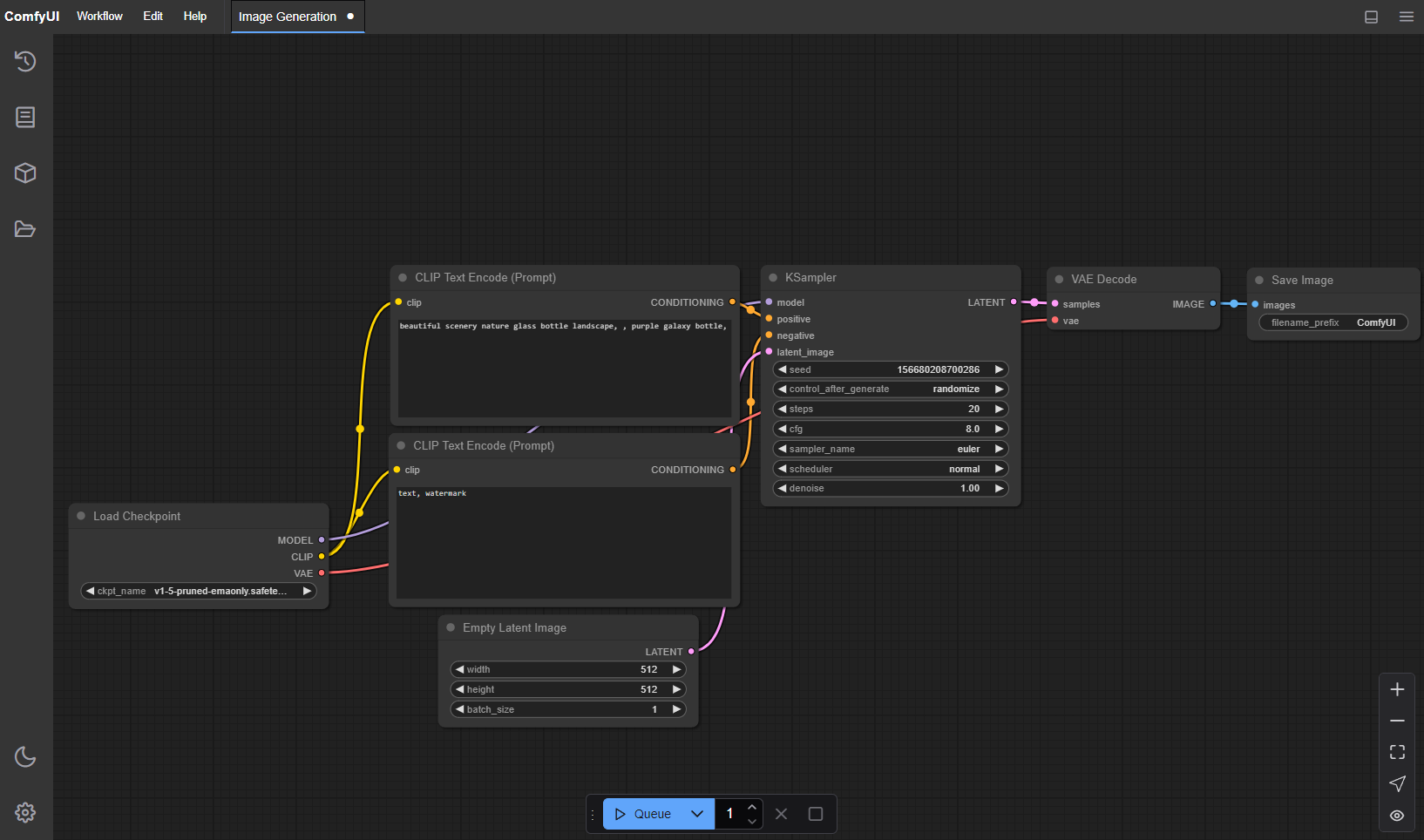AI Image Generation API for developers

Backstory
Random Seed is an API provider for generating images with AI. The founder reached out after seeing my open-source project on running ComfyUI with cloud GPUs. He wanted to add a ComfyUI-based image generation service to their API.

On paper, running it in the cloud sounds straightforward — but in practice, it comes with a long list of challenges. Like many devs, I had already gone down this road before and hit a lot of edge-case bugs. The core issue: ComfyUI is built for single-user, local environments. At the time of this project, it didn’t have an official plugin registry, which made version management of custom nodes and models on cloud GPUs a real challenge — especially when those nodes came with their own Python dependencies.
The Project & Requirements
We hopped on a call to align on scope. The founder wanted a lightweight MVP with a strict budget and a one-month deadline.
While the founder was a developer himself, I had already worked extensively with ComfyUI’s internals. The biggest hurdle was adapting a local-first, rapidly evolving project like ComfyUI into something stable, serverless, and API-driven.
We broke the MVP down into core user stories:
- Upload and run a workflow with custom nodes
- Ensure Python dependencies for custom nodes are installed dynamically
- Download and manage AI models through the interface and run them in workflows
How I Kept the Project Clean
Since the founder wasn’t familiar with ComfyUI’s codebase, I structured all my work as a plugin to the main ComfyUI repo. This ensured that if he brought in another developer later, the code would be modular, maintainable, and easy to onboard into.
“Thanks for being on time! This is extremely high-quality work.”
Project Handoff
The client/frontend was deployed on a DigitalOcean server, and the backend ran on a serverless GPU worker. Both were configured to scale with demand. The frontend was set up using a multi-process configuration for better fault tolerance, while the backend could spin up new GPU workers as needed.
As part of the handoff, I delivered:
- A detailed project setup guide
- A diagram explaining the codebase architecture
- Clean, documented code designed for easy future handoff
With that, the project was marked complete.